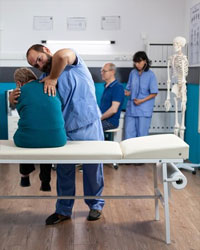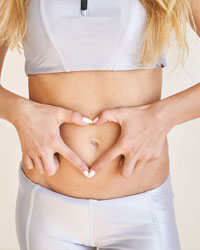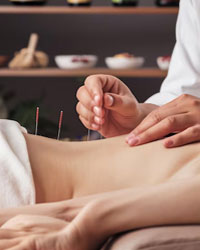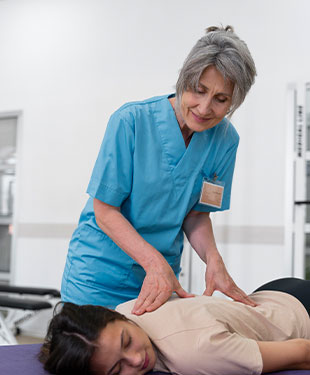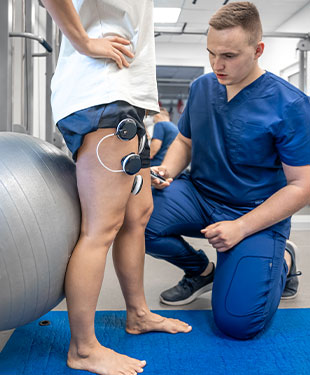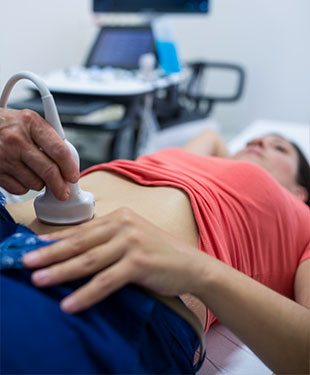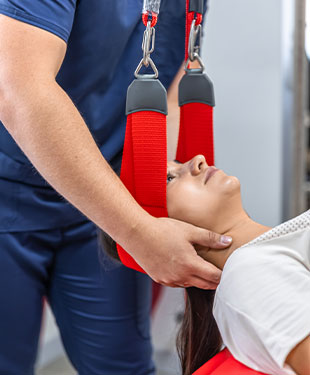What Effects does Dry Needling have on the Body?
Thin needles are inserted into trigger points or tense muscles as part of the physical therapy procedure known as dry needling to reduce pain and tension. Dry needling therapy in Edmonton is based on contemporary anatomy and neurophysiology, in contrast to acupuncture, which is based on TCM concepts and tries to balance the body’s energy.
Dry needling uses very thin needles that don’t inject the body with any drugs or other substances. Direct insertion of the needle by the therapist into the trigger point or tight muscle can result in twitching and the release of tension in the area.
Dry needling is frequently used to treat musculoskeletal issues, sports injuries, and chronic pain syndromes like headaches, neck pain, and back pain. It frequently works in tandem with other physical treatment methods, including manual therapy and exercise. Depending on the severity of the ailment and the patient’s reaction to treatment, a different number of sessions may be necessary. For professional care, consider dry needling therapy in Edmonton.
Advantages of Dry Needling Therapy in Edmonton
Depending on the patient and the ailment being treated, the advantages of Dry Needling Therapy in Edmonton may vary, but some possible advantages may include:
Pain reduction: Dry needling has been shown to be effective in reducing muscle tension and discomfort, especially in cases of chronic pain including migraines, neck pain, and back pain.
Increased range of motion: Dry needling therapy in Edmonton can assist in increasing joint flexibility and range of motion by relaxing muscular tension and encouraging relaxation.
Sports injuries and other musculoskeletal issues can be recovered from thanks to dry needling, which can encourage tissue recovery and enhance blood flow to the injured area.
Reduction in the need for medication: For certain individuals, dry needling therapy in Edmonton may offer an alternative to using painkillers, which may have negative effects.
Reduced discomfort, increased range of motion, and promoted tissue repair all contribute to an improvement in overall physical function and quality of life.



